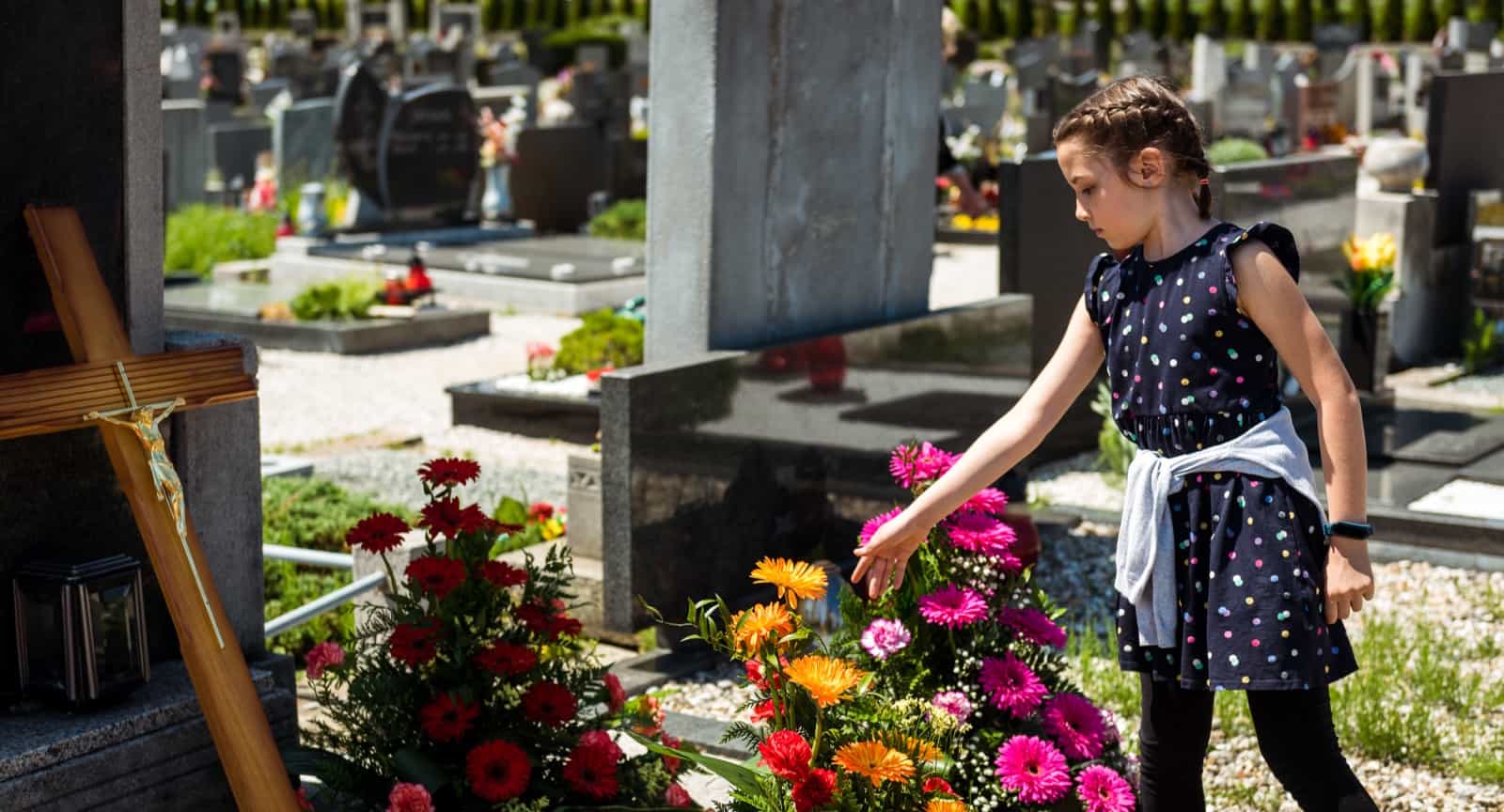Scientists define a child’s understanding of death by looking at three different aspects of the concept.
- Irreversibility
- Non-functionality
- Universality.
The first concept is death’s irreversibility. Once a person or creature is dead, it cannot come back to life or ever be alive again.
Children under three years old don’t understand this idea. At that age, they will talk about someone who is dead as if they left on a vacation or that they are asleep. They may even express that a dead person or thing can come back to life if given water, food, medicine, or if magic is used.
Children start to understand that death is final around the age of four. Researchers discovered that in one study 10% of three-year-olds understand irreversibility. That grows to 58% of 4-year-olds a year later in a child’s development.
Nonfunctionality is learned usually between the age of five and seven. It is the understanding that a dead body cannot do things that a living body is able to do.
There is a third concept called universality which is that each living person or thing will die, that everyone will someday no longer be living. Children are able to confront their own mortality. By age 10, children can grasp this concept. If they see an obituary in the newspaper or on the web, they can understand that the person mentioned has died.
It generally does not make sense to take a younger child to a funeral or memorial as they do not have the capacity to understand what has happened to the person who has passed.
Generally, experts suggest that children should not attend funerals until they reach their teenage years. Some suggest that attending a funeral may not be appropriate until 16 years old.
Related links:

